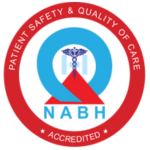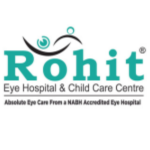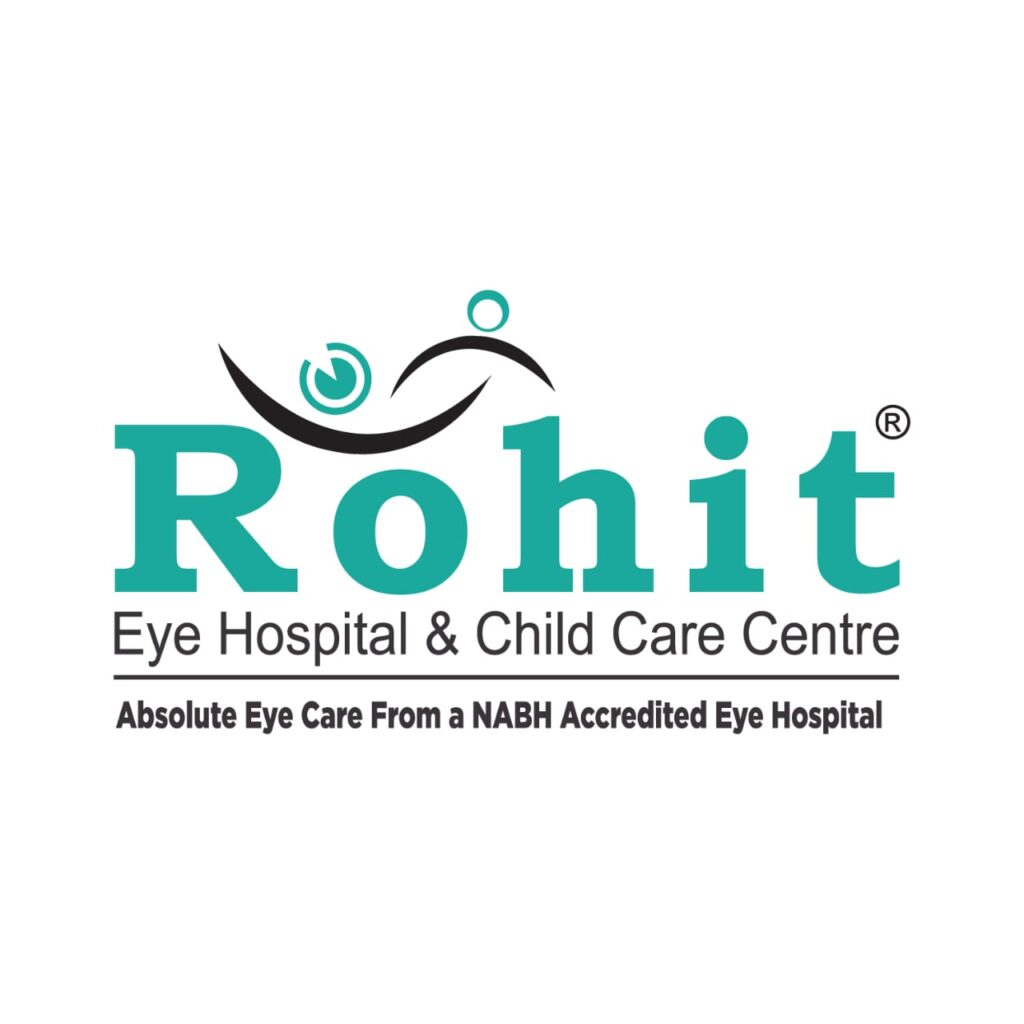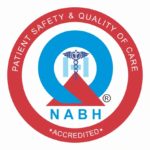Vision is perhaps one of our most important senses, and with modern life, it can sometimes feel limiting the way we must depend on glasses or contact lenses. Eye laser surgery LASIK has become one of the most common ways to correct limiting vision problems for a prolonged period. LASIK has helped millions of patients to see without glasses, but it’s essential that you know the process, the advantages, risks, and whether LASIK eye surgery is even the right decision for you.
What is LASIK?
LASIK (Laser-Assisted In Situ Keratomileusis) is a laser surgery that can precisely treat refractory issues such as myopia (near-sightedness), hyperopia (far-sightedness), and asthma. LASIK eye surgery alters the shape of the cornea, which is the transparent front part of the eye. After laser creation of a flap on the cornea, the cornea is reshaped so that the light entering the eye focuses directly on the retina, which can then allow for sharper vision. LASIK targets the precise area of the cornea that has a refractive error, and also performs this minimally invasively, which helps to allow for minimal pain and quick visual recovery.
How LASIK Works
In LASIK eye surgery, the surgeon creates a small flap on the cornea using either a blade or a femtosecond laser. The underlying corneal tissue is then reshaped using an excimer laser to correct the vision defect. Once the cornea is shaped, the flap is repositioned without any stitches and is allowed to heal naturally, resulting in rapid healing and a considerable reduction in post-operative discomfort.
Benefits of LASIK surgery
Rapid Resolution of Vision Defect
One of the reasons LASIK surgery is so popular is that the procedure provides rapid results. Most patients notice significant improvement in their vision within 24 to 48 hours of the procedure. This means that after LASIK, patients can usually return to driving, working, or other daily activities virtually immediately.
Reduced Reliance on Glasses and Contacts
LASIK surgery provides freedom from glasses and contacts for patients who are tired of constantly wearing glasses and maintaining contact lenses. Many patients report achieving 20/25 vision or better, which eliminates the need for corrective lenses in daily life. This is not only more convenient, but it makes active lifestyles and outdoor activities much easier.
Long-Term Safety and Comfort
With the recent advancements in LASIK technology, it is incredibly certain LASIK is safe and precise. The procedure itself is painless, and when performed by an experienced surgeon, the risk of post-operative complications is extremely rare. Most patients only experience mild dry eye or temporary discomfort that resolves after a few weeks, making LASIK a very safe and dependable method of vision correction.
Possible Risks and Side Effects
Dry Eye
Some patients may experience temporary dry eye after LASIK eye surgery. This can happen because the nerves that trigger tear production need some time to heal, and most patients can control this side effect with prescription lubricating drops until the nerves return to normal function and trigger tear production.
Visual Symptoms
Occasionally, patients complain of seeing halos, glare, or starbursts around lights, especially at night. These visual symptoms are usually mild and temporary, but they may be bothersome initially, particularly in the first few weeks after surgery. Most patients report their visual clarity continues to improve over time, with significant reduction of these visual symptoms.
Undercorrection or Overcorrection
In unusual circumstances, the LASIK procedure may either not correct the refractive error fully or may slightly overcorrect it. In such cases, some patients may need to undergo a follow-up enhancement surgery to have optimal vision. However, modern preoperative measurements and laser technology have made it very unlikely to experience these occurrences.
Who Should Consider LASIK?
Ideal Candidates
LASIK is generally best for adults aged 18+ where vision has stabilized for one year before the LASIK procedure. Those with healthy corneas, normal tear production and without significant eye disease will usually see the most to a little improvement. A comprehensive evaluation by an ophthalmologist is needed to qualify for LASIK and also to discuss expected outcomes for each individual patient.
Considerations and Limitations
Those with higher refractive errors will not be suitable candidates; diabetics who have their condition uncontrolled; those that have corneal conditions like keratoconus; and patients with chronic dry eyes. Pregnant patients or those who are currently breastfeeding are suggested to wait because their vision may temporarily change from hormones. It is important to know all the constraints and limitations of LASIK to help each individual patient make a more informed decision about having the LASIK procedure.
Preparing for LASIK Eye Surgery
Guidelines for Pre-Surgery
Patients will typically be instructed to discontinue contacts for a period of time before surgery because lenses will naturally deform the shape of the cornea. Eye makeup, creams, or perfume should also not be applied on surgery day to ensure a clean surgical field.
Medical Exam
Prior to LASIK surgery, a complete eye exam will be performed to assess corneal thickness, refractive error, and overall eye health. This information will provide your surgeon with the information necessary to develop a personalized approach for your surgery that is both safe and effective.
Recovery Plan
Recovery from LASIK is fast, however, patients should arrange for someone to take them home because immediate after surgery patients may have blurred vision that makes driving unsafe. Planning and preparing for your day eliminates stresses down the road.
Post-Operative Recovery and Aftercare
Immediately After Surgery
Following surgery, patients may notice mild irritation, itching, or watering of the eyes. To prevent infection and to promote healing, it is essential to use the prescribed lubricating and antibiotic eye drops.
Gradual Visual Stabilization
While most patients appreciate an immediate improvement in their vision, complete stabilization of vision may take weeks. Follow-up appointments give the doctor the opportunity to monitor the healing process and to answer any questions or concerns that may arise.
Lifestyle Changes
During recovery, activities such as swimming, rubbing the eyes, and exposure to dust should be avoided. It may be recommended to wear protective eyewear to avoid accidental injury and to allow safe healing. Following all of the recommended precautions helps to provide the best long term results from LASIK.
LASIK Alternatives
If LASIK is not a viable option, alternative procedures such as PRK (Photorefractive Keratectomy) or SMILE (Small Incision Lenticule Extraction) are an effective option for candidates where LASIK is not an option. Phakic intraocular lenses or clear lens extraction may be options for people with stronger prescriptions for vision correction. Each alternative to LASIK has its own benefits and will vary in suitability for individual eye health, life-style needs, work and recreational activities. Confirming the best method with an experienced ophthalmologist will help you choose.
Conclusion
Eye Surgery LASIK has changed millions of lives by providing clear vision, independence from glasses and contact lenses, and an improved quality of life. However, before proceeding with eye surgery it is crucial to ensure there has been adequate evaluation, consultation and understanding and comprehension of the benefits and risks. At the Rohit Eye Hospital & Child Care Centre, our team of experts uses the latest technology and procedures that meet international standards to provide safe, accurate and effective options for your LASIK eye surgery. If you are considering LASIK, please contact us today to arrange a consultation if this advanced method of vision correction is the right one for you.



